In today’s rapidly evolving and highly competitive toy industry, intellectual property and brand recognition have become crucial for the survival and development of businesses.
Recently, the European Court of Justice in Luxembourg ruled on an application filed by BlueBrixx to invalidate LEGO’s 3D trademark for its minifigures.
Since its debut in 1978, LEGO has long used its iconic minifigures as an integral part of its products.
With their unique design and interchangeable elements, these figures have won the hearts of countless children and adults worldwide, becoming a symbol of the LEGO brand.
To protect its design from imitation or replication, the LEGO Group applied for and obtained a 3D Community Trademark for its minifigure shape in the European Union.
However, in the process of safeguarding this iconic image, the LEGO Group has faced challenges and controversies from various parties.
The Origin and Reason Of The Lawsuit
In 2000, the LEGO Group registered a 3D Trademark for its minifigure design to prevent other companies from producing similar products.
*A 3D Trademark refers to a type of trademark registered within the European Union that protects the three-dimensional shape of a product or its packaging. This trademark is intended to protect and distinguish the origin of goods or services. When a product’s shape or its three-dimensional design has sufficient distinctiveness and recognition, it can be registered as a 3D Community Trademark, granting the registrant legal protection against unauthorized copying or use of the same or similar shape.
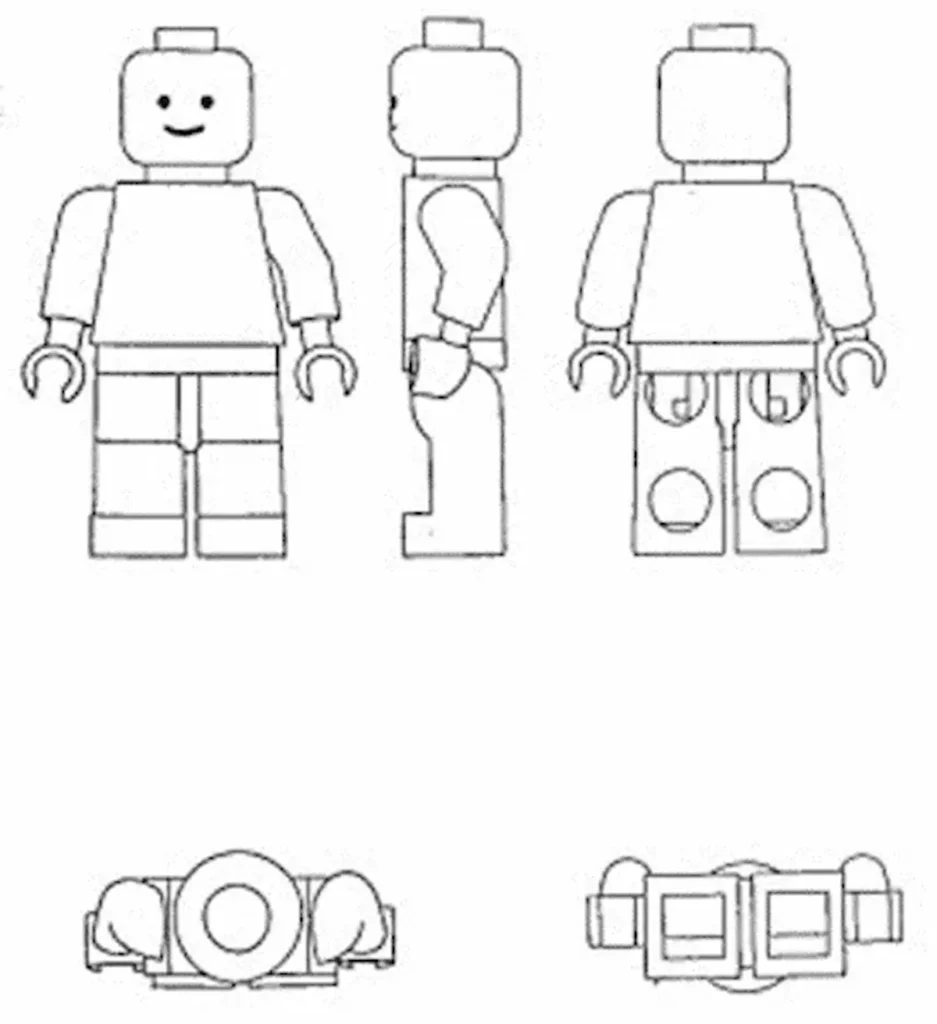
BB Services GmbH, which owns brands like Bluebrixx and Modbrix, applied to the European Union Intellectual Property Office (EUIPO) to have the LEGO minifigure’s 3D trademark declared invalid.
Their argument was that the design of the LEGO Minifigure was purely based on its technical functionality, and under EU law, shapes that are purely functional cannot be registered as trademarks.
Prior to this, several manufacturers had attempted to revoke the 3D trademark protection for LEGO minifigures. Notably, Best-Lock made attempts between 2013 and 2016 but was unsuccessful. Given some recent rulings involving other toys, Bluebrixx believed they had grounds to submit a new revocation request.
However, on June 25, 2021, the EUIPO fully rejected this application.
Subsequently, Bluebrixx appealed the decision on August 3, 2021, but their appeal was also entirely dismissed in March 2022.

The European Union Intellectual Property Office (EUIPO) concluded that Bluebrixx had failed to sufficiently prove that the trademark was solely determined by the type of product, meaning it could only be manufactured or presented in its known and protected form.
Looking back to August 2022, part of the dispute between LEGO Group and the German toy company Steingemachtes involved a similar issue. At that time, the court only considered the LEGO minifigures, along with related examples from Qman, Linoos, and Cogo, as figurines rather than construction toys.
Considerations such as interconnectivity were deemed unimportant by the Düsseldorf Regional Court, and the EUIPO and its Appeals Committee held a similar view on the matter.
Disagreeing with the EUIPO’s decision, Bluebrixx eventually took the case to the European Court of Justice.
BB Services GmbH applied to have the LEGO Minifigures 3D EU trademark (registration number 50450), registered on April 18, 2000, declared invalid.
They argued that the trademark was registered solely due to the natural shape of the product itself and the shape necessary to achieve a technical result, and therefore, according to regulations, it should be considered invalid (under Article 7(1)(e)(i) and (ii) of Regulation EC No 40/94, now replaced by EU Regulation 2017/1001).
The applicant, BB Services GmbH, sought to overturn the previous decision and have the trademark declared invalid, while the EUIPO and LEGO Juris A/S requested that the court dismiss the application.
About two weeks ago, in early December 2023, the European Court of Justice (EuG) ruled to reject BB Services GmbH’s appeal, upholding the validity of the LEGO minifigure’s 3D Community Trademark.
The court acknowledged that while the LEGO minifigure has technical functions, its overall design possesses sufficient originality and brand distinctiveness.
The detailed ruling from the European Court indicated that the judges particularly assessed the key components and technical features of the LEGO minifigure when making their decision.
Ultimately, the court decided to maintain the EUIPO’s original decision, rejecting the application to invalidate the trademark, and ordered BB Services GmbH to bear the legal costs.
The Core Of The Dispute
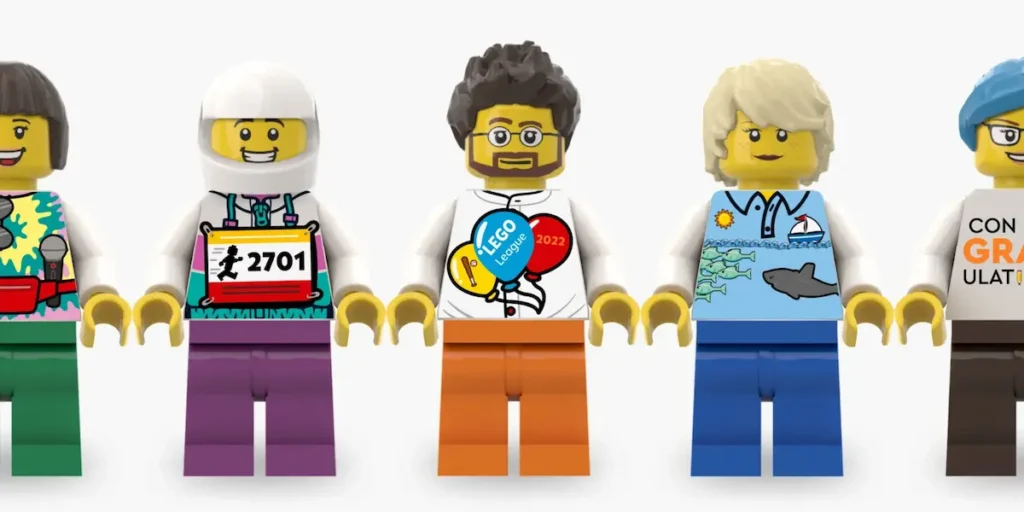
The validity of the trademark is the central issue in this case.
Some competitors argue that the design of the LEGO minifigure is determined by its functionality, meaning that its shape is specifically designed to ensure compatibility with the LEGO building system.
Under EU law, if the necessity of a shape is purely due to its technical function, then that shape cannot be registered as a trademark.
Therefore, competitors claim that the 3D trademark for the LEGO minifigure should be invalid.
It is worth noting that BB Services GmbH’s trademark revocation application initially targeted all three registered categories (Class 9: decorative magnets, computer games, downloadable computer games, and media containing data and information; Class 25: clothing, footwear, headgear; Class 28: games, toys).
For Class 9 and Class 25, the court immediately rejected the requests, as it concluded that there was no need to design products identical to the LEGO minifigure in these fields and that there was sufficient design freedom. Since Bluebrixx failed to provide reasonable grounds for removal, the litigation for these two categories was deemed inadmissible.
For Class 28, the European Court of Justice took a more detailed approach.
The judges confirmed that the Appeals Committee correctly recognized the relevant figures as toy characters under Class 28, “games and toys,” but also pointed out the necessity of recognizing that these figures are “building figures” compatible with the LEGO Group’s building system, thus belonging to a subcategory of goods under “games and toys.”
This was the first time the court confirmed that minifigures are not merely dolls, but building figures, which had been denied in the reasoning of the EUIPO.
The court’s judgment clearly differed from the assessment of the agency, highlighting errors in its evaluation, particularly noting that the minifigures should also be considered as building figures in the assessment.
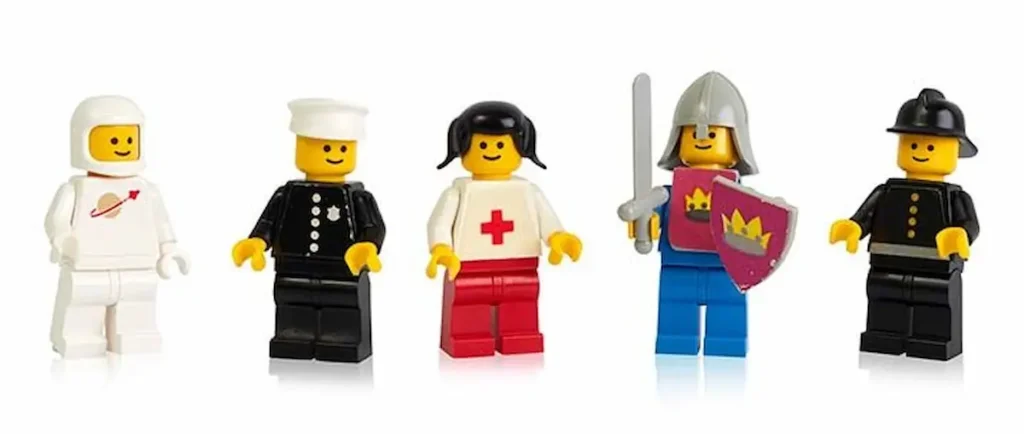
I also briefly reviewed the judgment document and outlined the following key issues involved:
The Nature of the Product
The court first considered the nature of the product, specifically whether the minifigure is merely a “doll” within “games and toys,” or if it is a “interlocking building figure” compatible with other LEGO components.
The court ultimately concluded that the minifigure has a dual nature, as it can be used both as a standalone doll and as an interlocking building figure compatible with other LEGO components.
Key Features of the Trademark
The court examined whether the key features of the trademark are limited to the humanoid appearance—head, body, arms, and legs—or if they also include more technical elements, such as the protrusion on the head, hooks on the hands, and the cavities at the back of the feet and legs.
The court ruled that these technical features are also key characteristics of the minifigure and are crucial for its function as an interlocking building figure.
Whether the Shape Arises from the Nature of the Product
The court considered whether these features arise from the inherent nature of the product itself.
It concluded that while some features (such as the shape of the head and body) may stem from the natural shape of a doll, other technical features (such as the connecting components) provide a technical result beyond the pure function of a doll.
Whether the Shape is Necessary to Achieve a Technical Result
The court considered whether these shapes are necessary to achieve a specific technical result.
Although some of the features of the LEGO minifigure are indeed designed for interlocking and modular functionality, the court found that there are also other non-technical, decorative, or imaginative elements that form key aspects of the trademark, and these features are not necessary to achieve a technical result.
In simple terms, the court acknowledged that while some parts of the minifigure are designed for technical purposes (such as the mobility of the arms and legs), the overall design contains enough originality and brand distinctiveness that goes beyond pure technical functionality.
In summary, although the court identified certain errors in the EUIPO’s evaluation of the trademark’s nature and key features, it ultimately concluded that since at least one key feature is not necessary to achieve a technical result, the trademark meets the requirements for registration. Therefore, the court dismissed all claims by BB Services GmbH.
Has LEGO Won Completely?
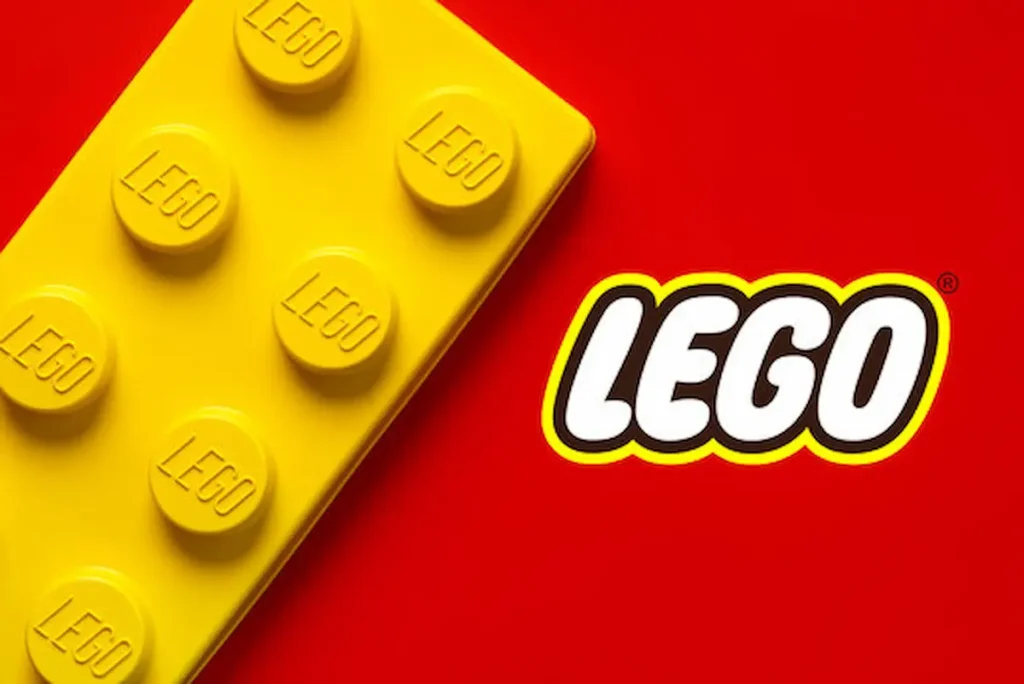
Although the court largely supported the arguments of the European Union Intellectual Property Office (EUIPO), it also made some key rulings that may not entirely satisfy the LEGO Group, as the court explicitly defined the specific features that make up the LEGO minifigure for the first time.
In its ruling, the court noted that the barrel-shaped head, short and square neck, trapezoidal, flat, and square body, as well as the distinctive shapes of the arms, hands, legs, and feet, are considered defining features of the LEGO figure.
Despite technical constraints, the court determined that there is a degree of design freedom in these features. Therefore, the judges granted the LEGO trademark some level of recognition.
The court’s reasoning further explained, “It must be confirmed that the protrusion on the top of the head, the ability to grasp hands, and the cavities on the back of the legs and under the feet, given their nature as ‘building figures’ and their technical function—constructability and modularity—are important trademark features. These features have been shown to be crucial for the figure’s compatibility and its suitability for use with other products.”
This might have caused some unease among LEGO’s representatives in court, as the judges described the key features of the minifigure—details that the company had previously been more inclined to keep confidential.
Additionally, the European Court criticized the EUIPO’s decision once again, arguing that it had not sufficiently considered the above points. Essentially, this means that these features are technical in nature and should not be used to evaluate a trademark.
However, the EUIPO did confirm another decision, which was further emphasized by the court: LEGO’s trademark does not grant it the right to prevent other manufacturers from selling minifigures that are compatible with the system’s technology but differ in appearance from the registered trademark. Furthermore, the potential compatibility of toy figures with any building system should not be monopolized under trademark law.
This ruling could be particularly significant for LEGO, as it may greatly increase the difficulty of preventing other manufacturers from producing similar figures in the future.
This is the first time a court has defined the composition of the LEGO minifigure, while also outlining standards that are atypical for such figures, which are considered typical characteristics of building figures. Other manufacturers may be able to reference these standards in the future.
The Impact On The Industry
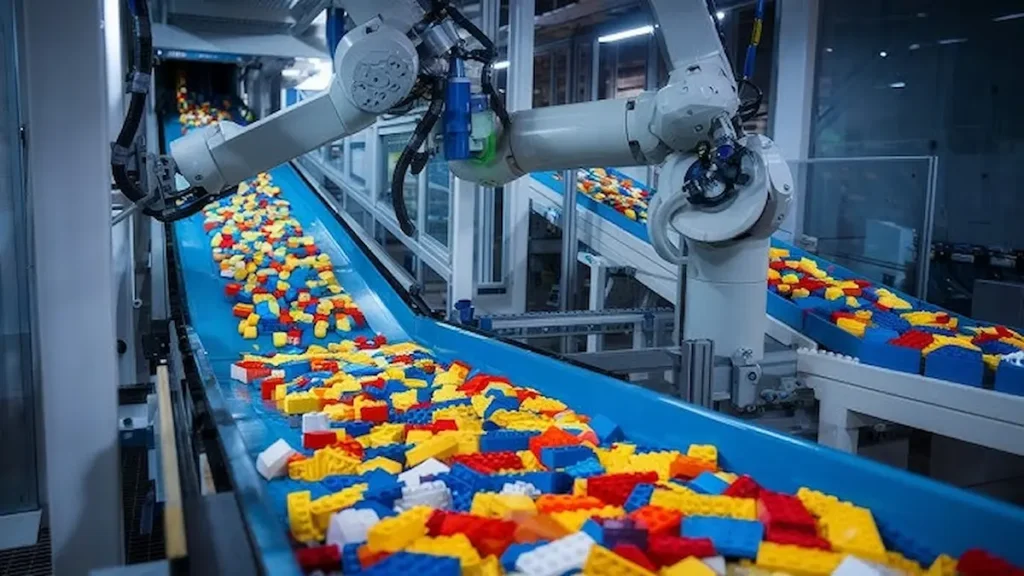
These rulings strengthen the LEGO Group’s intellectual property protection, ensuring that its innovations and designs are recognized and safeguarded. This not only helps LEGO maintain the uniqueness and competitiveness of its products in the market but also encourages other companies to invest in design and innovation, as they can see the value of strong intellectual property protection.
The recognition of the LEGO minifigure as unique and iconic will set a precedent within the toy industry. Other companies may need to be more cautious in ensuring their product designs do not infringe upon LEGO’s trademark.
This decision will also affect LEGO’s competitors, particularly those who may rely on similar designs to attract consumers. They may need to reassess and adjust their product lines to avoid potential legal risks.
For many domestic building block brands, the design of the Minifigure will continue to hang like a Damocles sword over their heads.
At the same time, these rulings set a precedent for similar cases in the future, providing other companies with guidance on how to protect their creative works and designs. The outcomes of these cases will be referenced in future disputes of a similar nature.
Overall, these decisions will have a profound impact on intellectual property protection, industry competition, consumer perception, and may significantly affect the toy and other creative industries.





